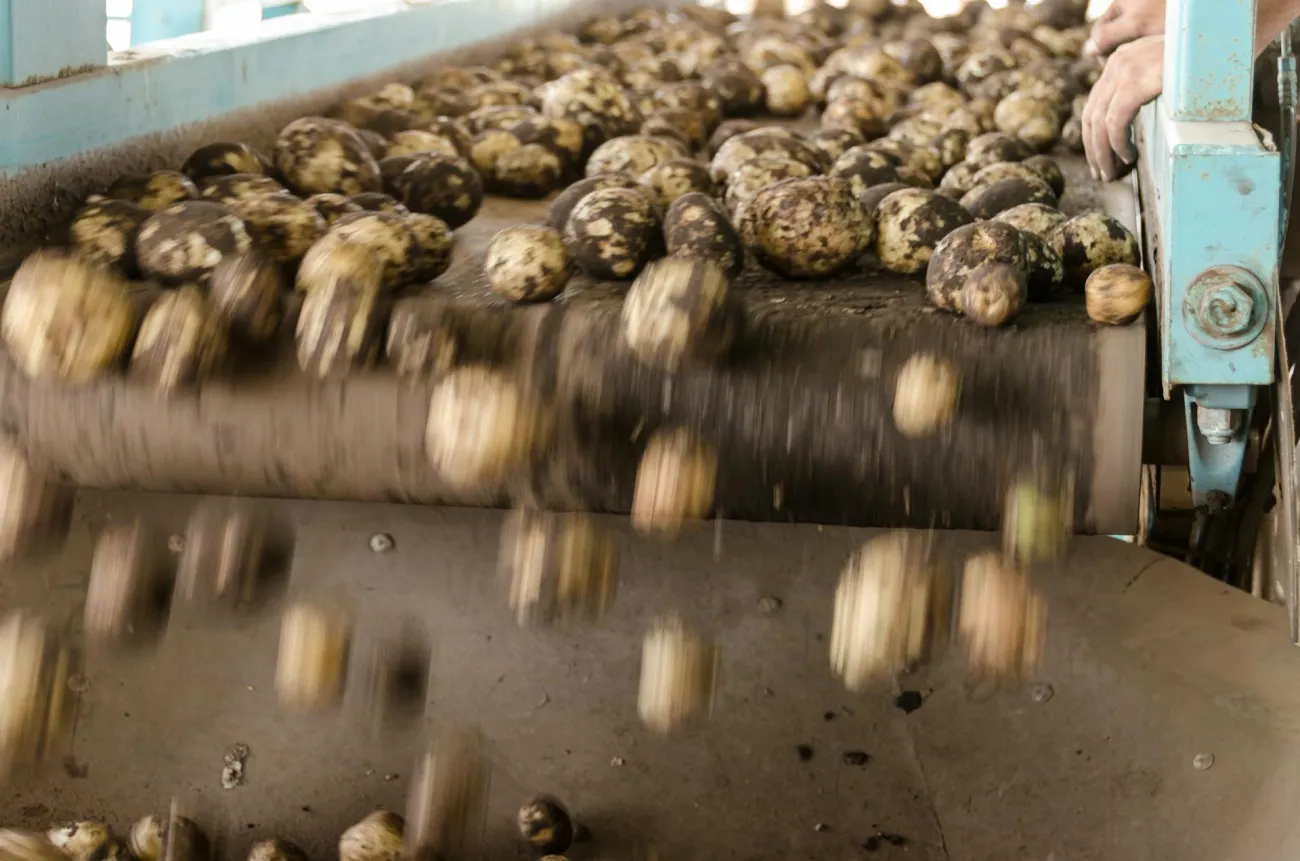The systematic literature review explores methodologies of peer-reviewed trade-off analysis (TOA) articles in agriculture, finding that this research prioritises productivity and profit maximisation while disregarding risk, social and cultural indicators. The authors conclude that this reduces the effectiveness of TOA in holistic food systems policymaking and recommend a wider integration of indicators, scale, stakeholder involvement and risk in TOA methodology to enhance its use to policy and decision-makers to promote sustainable agricultural landscapes.

The study systematically reviews methodologies of trade-off analysis research in agriculture. Trade-off analysis (TOA) was conceived to generate data on competing and complementary indicators under different scenarios to, in the case of agriculture, inform the range of interventions and scenarios explored for alternative agro-environmental management of land, resources and technologies. However, the study claims that TOA methodologies in agriculture have been historically skewed to prioritise productivity while lacking consideration of social and cultural factors, risk, uncertainty and scale. These imbalances, the study finds, inhibit the effectiveness of TOAs to aid policy makerspolicymakers in promoting sustainable agricultural landscapes and achieving the SDGs through food policy.
The systematic review builds off previous literature that also found TAOs did not consider social and cultural factors or the risks inherent in agriculture; extreme weather, fluctuating yields and market price of commodities. The study reviews the different methodologies, indicators, spatial scales, involvement of stakeholders, and risk assessment in 119 peer-reviewed TOAs. The study identifies 24 different trade-off indicators in the 119 TOAAOs and grouped them into 4 categories; agronomyic, economics, human health and sustainable resource management. There are 9 different categories of methodologies:; spatially explicit simulation (models simulate specific landscape characterstics and their relationships to project outcomes), simulation (mechanistic models without dynamic interplay of different landscapes and characteristics), optimization, cost-benefit analysis, econometrics, qualitative, literature review, GIS and other, and 6 different scales; field, farm, regional, national, multi-country and global. Despite the systematic review methodology, the authors acknowledge a significant limitation in the single search term of ‘trade-off analysis’ as there are multiple research strands that address trade-offs and synergies without using the term ‘trade-off analysis’. The authors made the caveat that identified gaps should be viewed in the context of the study’s sample.
The review found that the most prevalent indicators across all 119 articles were profitability (found in 59% of articles), yield (44%) and water quantity (34%) while the least considered (less than 5%) were yield stability, and social and cultural factors such as gender equity and empowerment. The authors note that such social and cultural indicators were not only largely absent from articles but were also considered in isolation and by statistical approaches. This, they suspect, is because TOAs struggle to incorporate qualitative data.
The analysis found common gaps in indicators and methodology, such as the absence of articles using spatially explicit methods for health, cultural and social factors, i.e. studies that explore how different landscapes and areas relate to labour productivity, empowerment or gender equity. The authors noted that the spatial element of cultural and social factors is often disregarded but is relevant with implications for a more equal distribution of resources. The authors equally highlighted a lack of transparency in the TOA methodologies, with few papers outlining limitations.
The evaluation of risk and the formulation of relevant strategies are critical for farmers adopting system transformations. While a moderate number of the articles considered uncertainty, only a few articles quantified changes in trade-offs as a function of uncertainty. The authors argued that integrating risk and accounting for unexpected events is increasingly relevant for agricultural policy in light of extreme weather due to climate change.
The study highlights that out of the 119 articles, the most consulted stakeholders were farmers and experts. F, few articles (17%) considered off-site effects such as soil erosion or poverty.
Based on the authors’ analysis, several recommendations were proposed.
Integrating a higher level of risk into TOA enables the study of the policies and incentives necessary for achieving whole-system transformations towards sustainable agricultural practices.
In contrast to the focus on profit maximisation, the relevance of TOA to society and policy can be improved by formulating research objectives so that TOA indicators lie within the scope of frameworks such as the SDGs.
In the reviewed articles, the most consulted stakeholders were farmers and experts;, scenarios were predominantly based on resource use with little consideration of off-site effects. These findings suggest that TOAs mostly explore alternative management across a set of farms rather than policies and incentives that would facilitate whole landscape and food system transformations.
Abstract
Trade-off analysis (TOA) is central to policy and decision-making aimed at promoting sustainable agricultural landscapes. Yet, a generic methodological framework to assess trade-offs in agriculture is absent, largely due to the wide range of research disciplines and objectives for which TOA is used. In this study, we systematically reviewed 119 studies that have implemented TOAs in landscapes and regions dominated by agricultural systems around the world. Our results highlight that TOAs tend to be unbalanced, with a strong emphasis on productivity rather than environmental and socio-cultural services. TOAs have mostly been performed at farm or regional scales, rarely considering multiple spatial scales simultaneously. Mostly, TOAs fail to include stakeholders at study development stage, disregard recommendation uncertainty due to outcome variability and overlook risks associated with the TOA outcomes. Increased attention to these aspects is critical for TOAs to guide agricultural landscapes towards sustainability.
Breure, T.S.. Estrada-Carmona, Petsakos, A. et al (2024) ‘A systematic review of the methodology of trade-off analysis in agriculture’, Nature Food, 5(3), pp. 211–220.
Read more here and see our blog post on the trade-offs in UK land use and why we need better decision-making by Georgie Barber.




Comments (0)